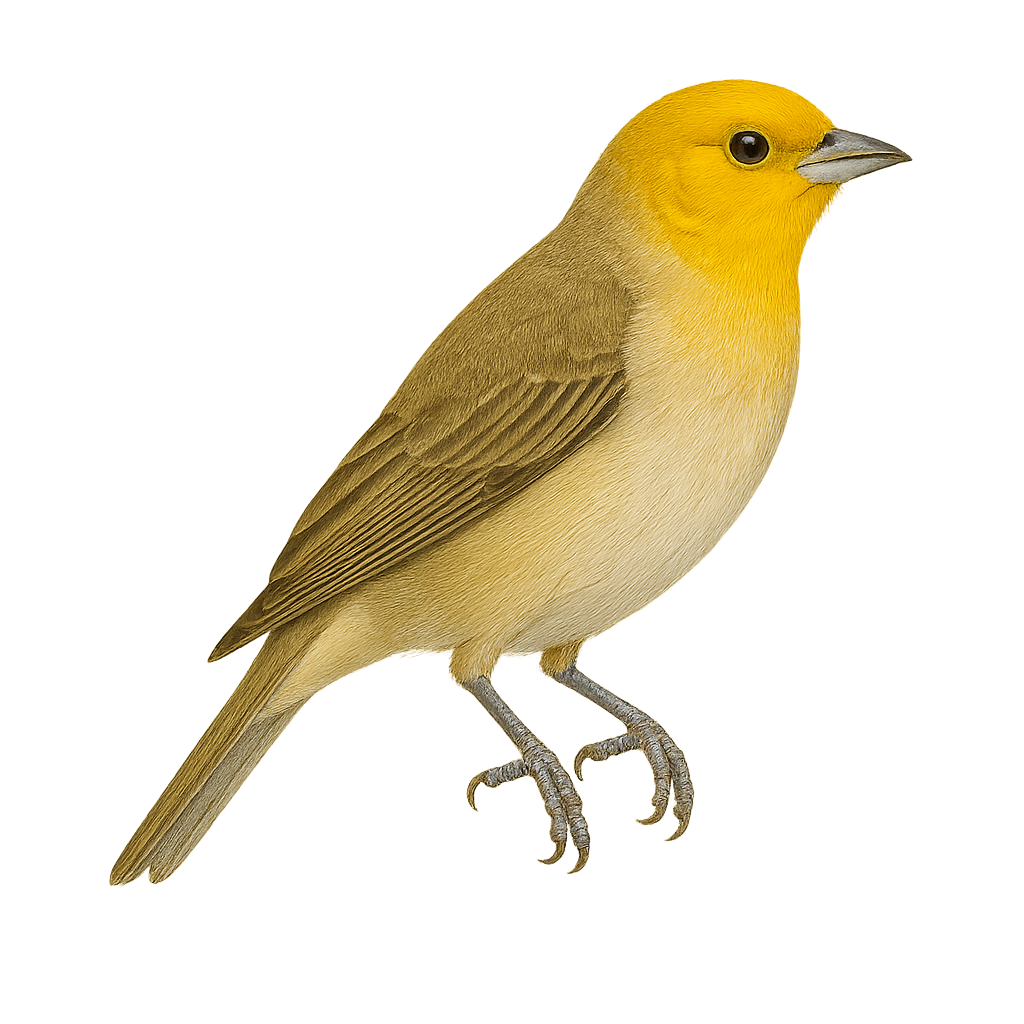Your wildlife photography guide.
Explore the orange-headed tanager in detail, study its behavior, prepare your shots.
Where to observe and photograph the orange-headed tanager in the wild
Learn where and when to spot the orange-headed tanager in the wild, how to identify the species based on distinctive features, and what natural environments it inhabits. The WildlifePhotographer app offers tailored photography tips that reflect the orange-headed tanager’s behavior, helping you capture better wildlife images. Explore the full species profile for key information including description, habitat, active periods, and approach techniques.
Orange-headed Tanager
Scientific name: Thlypopsis sordida

IUCN Status: Least Concern
Family: THRAUPIDAE
Group: Birds
Sensitivity to human approach: Tolerant
Minimum approach distance: 5 m
Courtship display: October to November
Incubation: 13-15 jours
Hatchings: October to December
Habitat:
humid tropical forests, forest edges, open wooded areas
Activity period :
Primarily active during the day, with peak activity in the morning and late afternoon.
Identification and description:
The Orange-headed Tanager is a small, colorful bird found mainly in South America. It is recognizable by its bright orange head contrasting with its gray and brown body. This passerine frequents humid tropical forests, forest edges, and sometimes more open wooded areas. Often seen in small groups or pairs, it feeds primarily on insects and fruits. Although its habitat is relatively stable, it is sometimes threatened by deforestation. The Orange-headed Tanager is an active and agile bird, often seen hopping from branch to branch in search of food. Its breeding period varies by region, but it is generally not very shy, making it accessible for observation.
Recommended lens:
400 mm – adjust based on distance, desired framing (portrait or habitat), and approach conditions.
Photography tips:
To photograph the Orange-headed Tanager, it is advisable to use a 400mm lens or longer to capture detailed images without disturbing the bird. Look for it in humid tropical forests or at forest edges. Be patient and discreet, as even though it is tolerant, it can be suspicious of sudden movements. Early morning hours are best for optimal natural light.
The WildlifePhotographer App is coming soon!
Be the first to explore the best nature spots, track rutting seasons, log your observations, and observe more wildlife.
Already 1 431 wildlife lovers subscribed worldwide

